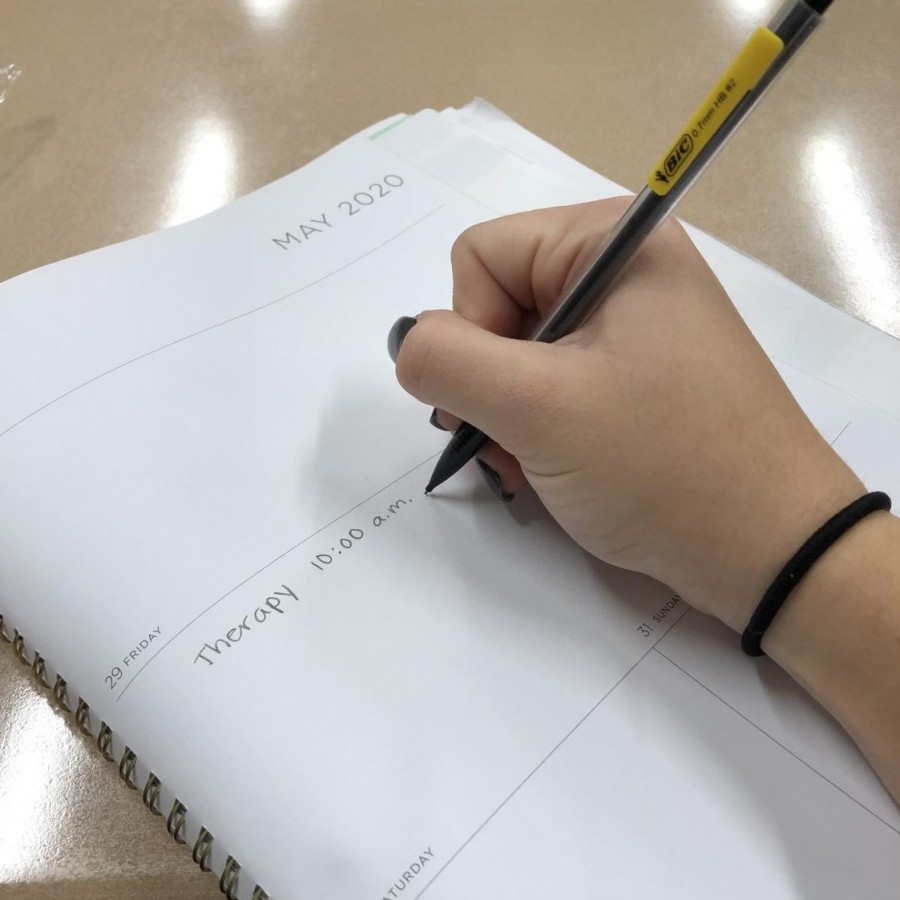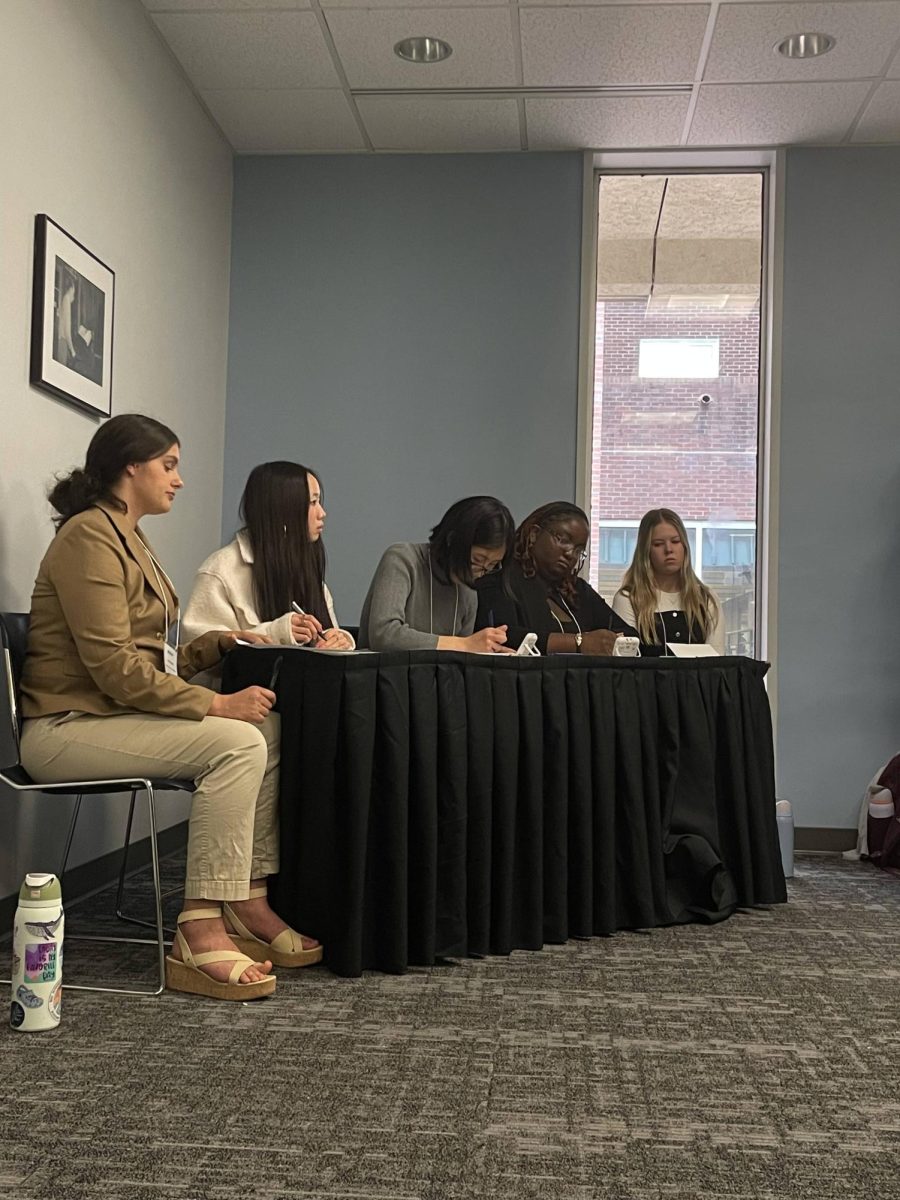As mental health issues continue to develop at an exponential rate, students experience several detriments. With suicide sitting at the third leading cause of death for those aged 10-24, the prevalence of mental illness in today’s youth is a growing concern.
But, the conversation surrounding these topics is not increasing as quickly. While discussion of these issues has become slightly more normalized in recent years, only 16 percent of children receive treatment for their mental health issues today.
Aaron Broome, the school psychologist for Pleasant Valley High School, notices the mindset associated with therapy as well. “I think it’s probably better than what it was 20 years ago, but I think there’s still a stigma that therapy is for people that are crazy or people who are not stable,” he said.
Students also expressed similar concerns when coming forward about their mental health. Senior Elise Johnson said, “The idea of getting help was always scary to me. Mental issues are unseen illnesses; nobody can see what’s going on in a person’s head, and because of that it makes it harder for them to understand how deep the issue is and makes it easier to be judged.”
Therapy is not only beneficial for those at the lowest points in their lives; it also serves as a prevention method for the potential development of mental health issues.
The maintenance of mental health requires proactive effort before problems develop rather than the reactive approaches many schools have been taking up to this point. With the development of skills on how to solve problems, students can have more opportunities to help themselves overcome difficult mental barriers.
“It gives some self-agency for people, so they feel like they can take some ownership of things,” said Broome. “[It shows them] that there are things we can do to either correct the way that we think about a problem or the way that we might approach others in different situations.”
Despite the growing need to address these issues, many are still hesitant to reach out for help. “I think students don’t want to get help because they don’t want to be associated with the negative connotations that go along with people knowing that they go to therapy,” said senior Natalie Adams.
Though one in five children have a diagnosable emotional, behavioral or mental health disorder, resources for treatment in schools are still not always openly advertised. “Much of the school population doesn’t even know the school offers a psychologist,” said senior Katie Gropel.
However, Broome continues to increase awareness about not only the availability of school resources, but about how to put an end to the stigma surrounding therapy.
“As individuals, the biggest thing we can do is to make sure that we’re open and don’t judge people for things that are not perfect in their world, and that we’re a support for them.”









